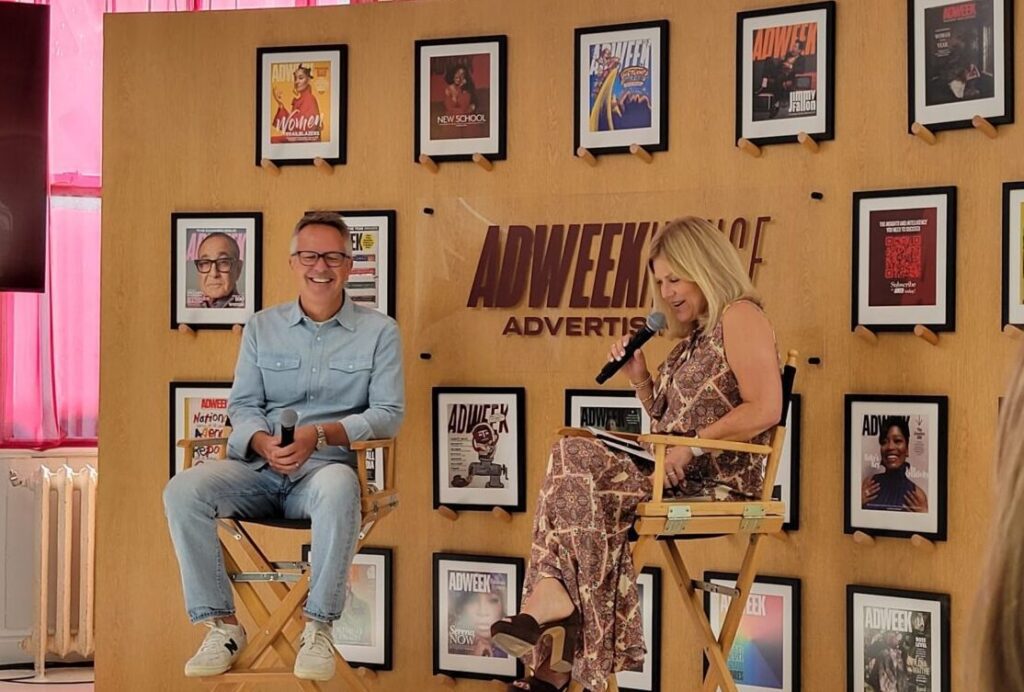There really is an equation to calculate both hardcore return on investment and softer brand equity. It’s just a different equation for every campaign.
“Nowadays [promotion is] 100% ROI and 100% brand building. You can’t do one without the other,” says Scott Moore, chief planning and analytics officer for Arc North America. “It’s not just enough to move product; you have to influence consumers’ perception of the brand.”
And measure both. Each formula, set during strategic planning, stems from the end goal.
“The balance depends on clients’ objectives, which often depend on where a product is in its lifecycle,” says Digitas senior VP-promotions Steve Greifer. “It also depends on where you intercept people in the purchase funnel. As consumers move from awareness to consideration to trial to purchase to loyalty and repeat purchase, we look for different kinds of performance” from campaigns.
Brand awareness and product information are crucial both for new brands and for targeting consumers at the wide end of the funnel; appropriate measurements include traditional ad and p.r. measures like impressions and GRPs. Digitas measures consideration via event attendance, Web site click-throughs, store visits, number of qualified leads (and cost per lead); then on the narrowest end of the purchase funnel, the shop tracks sales and repeat sales.
“It’s not just the number of prospects, but the efficiency of the prospects” that matters, Greifer says.
Take Digitas’ pop-up store to launch Song, Delta Airlines’ low-cost carrier. The short-term store in Boston’s high-traffic Prudential Mall let passers by “sample” the airline’s seats, food, music and customer service. It served consumers by day, travel agents by night.
“We used that store the way Eskimos use a whale: We made sure to let none of it go to waste,” Greifer says. Daytime events courted consumers; evening receptions wooed travel agents. “The biggest measure of success was visibility, including p.r. coverage, and the high quality of interaction for people walking by or coming into the store,” Greifer adds. “For something unique like this, a big part is to create buzz.”
That “smacks of straight branding,” he says, but the Song store also captured visitors’ e-mail addresses, enrolled members in SkyMiles (for Delta and Song) and booked tickets — all easily measured.
Arc’s goal, too, was to build awareness, and more: The Centers for Disease Control aims to cut childhood obesity by getting nine- to 12-year-olds more active. Arc set the positioning — “play is cool” — tailored some elements by age and gender, then built a multi-pronged campaign with measurements at each touch point, from Verbnow.com (where kids log their weekly activities) to schools, community groups and retailers. Each element had specific activation goals, so CDC and Arc tracked how many kids registered through each channel and at what cost “to see how to best allocate spending across each activation down the road,” Moore says. But they also measured attitude with an extensive quantitative analysis “to see how different elements were received,” Moore adds. “There’s a migration from the art to the science of it as you get more data. We can do a meta-analysis at the back end of a campaign to see what the next generation of it should look like. … It’s great to know results of an individual campaign, but we want to know how campaigns work cumulatively to see how to best move forward.”
The best movement? Down the purchase funnel. Arc’s Cadillac Under Five campaign used advertising, promotion and dealership follow-up to tout its three models that hit 60 mph in less than five seconds. TV spots drove viewers to an online film competition, where they could request dealer info. Arc tracked general-audience reach, the number of site visitors and contest entries, and the big payoff: 43,000 more requests for dealer info than the same period a year ago.
“The distinction between promotion and lead generation is blurring,” Moore says. “People come to the brand initially through TV spots and the promotion, and then dealers follow through on leads.”
When General Motors’ GMC brand wanted to extend its “Professional Grade” positioning among consumers — not just construction workers — Digitas set up GMC to sponsor home and garden shows. A Pro Grade Challenge lets show attendees take a quiz about vehicles on display for a chance to win one. Digitas measures attendance, impressions, vehicle interactions, sales leads, opt-ins, and consideration — twice: first as attendees enter the show, and then after they take the Pro Grade Challenge. Results help hone the program, now in its fifth year, adding test drives for some shows and tweaking partnerships (with Home Depot, then Lowes) based on access to partners’ customer base and the value of sales leads from cross-marketing efforts.
“Even when we’re not driving to a final sale, we’re always driving to create a relationship … and incent people to give us information and continue the dialogue,” Greifer says.
“We used to think about measuring results after a campaign was completed; we had to wait until we were done to find out if it worked,” he adds. “Now tools like the Web and custom publishing let us test different offers and channels and change them based on effectiveness. It’s always better to do things in real time.”
 Network
Network

